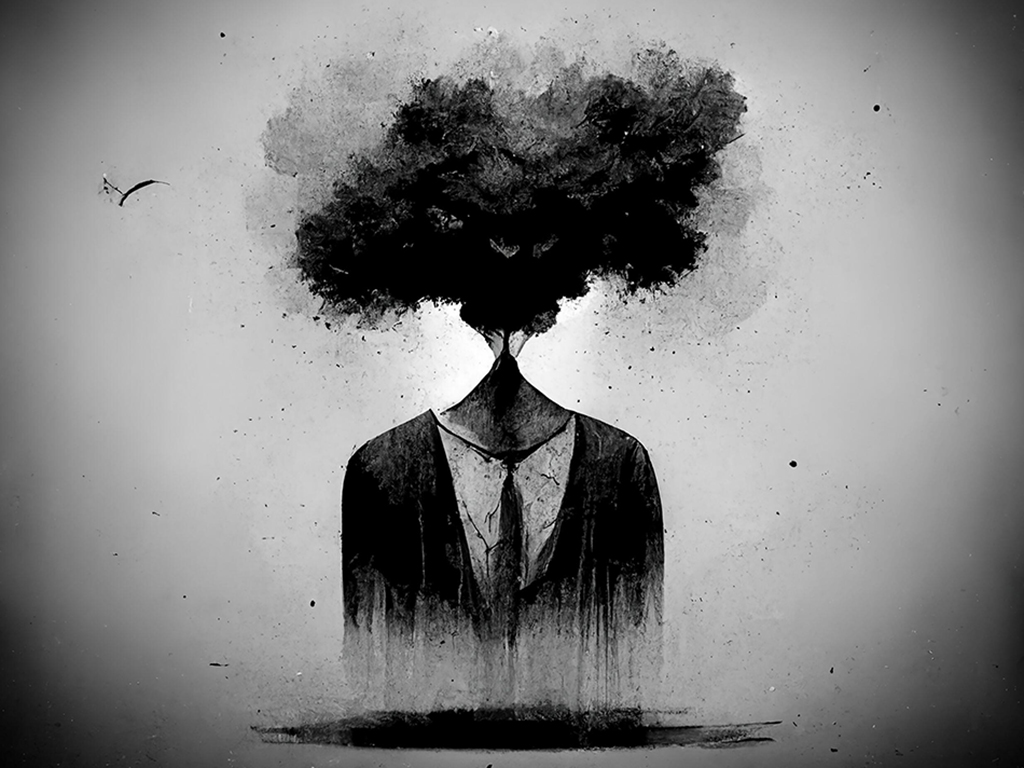
How much would you be willing to pay an artist for a portrait? £500? £200? How about $7.99 for 50?
Over the last few days my social media feeds have been dominated by friends sharing Lensa selfies. I can appreciate why – it’s fascinating to see what AI art can achieve now. And seeing yourself through the eyes of an artist, even an artificial one, can be strangely transformative.
But the way in which people are uncritically engaging with AI art is concerning. Machine learning software like Midjourney, DALL-E and Stable Diffusion (on which Lensa is built) is being “taught” how to draw by data-mining the work of human artists. This has been done under the auspices of research. No artists have been compensated for the use of their work nor the appropriation of their styles. They haven’t been given the chance to opt in or out of this data mining. Legally, this is being achieved by making the resulting AI art copyright free.
Currently, the lack of copyright is a problem for companies looking for cheap, licensable art. But Shutterstock recently partnered with DALL-E and will soon be offering AI art as part of its service. As the AI gets better, I could even imagine a film and TV studio like Disney buying up the tech and doing away with storyboard and concept artists altogether.
While I imagine most well-established illustrators will be safe for now, mid-level editorial illustrators and new artists could be on rocky ground. Illustration budgets at most publications are extremely tight. Art directors and editors may find themselves turning to AI art rather than paying and taking a risk on emerging talent.
It’s also worth considering who is writing these algorithms. As has become increasingly clear over the past few years, code is as flawed as the people who write it: people with their own biases, politics and deeply held worldviews. How will we feel about a world in which the art we experience is predominantly created with their hands guiding it? How will that art affect the way we see ourselves and the world around us?
Here’s another thing though: AI art is bad. It’s hollow, flat and passionless. Hotel lobby art. Placeholder art. We deserve better art in our lives than this. As AI develops, no doubt it will improve, but will it start feeding on itself? AI art taught using AI art? A recursive loop of images run through joyless photoshop filters again and again?
Art can fundamentally change, move and inspire us. But a society gets the art it deserves and if we continue to tacitly condone the exploitative ethics of AI art then maybe we deserve the deeply mediocre results.
I don’t begrudge people being excited by or interested in this technology, but I think we need to interrogate the way it’s being created and think deeply about how it should be used before it’s too late to do anything about it. The way we value art and artists is fundamentally being adjusted. That’s worth resisting.
[See also: Picture books of the year]






